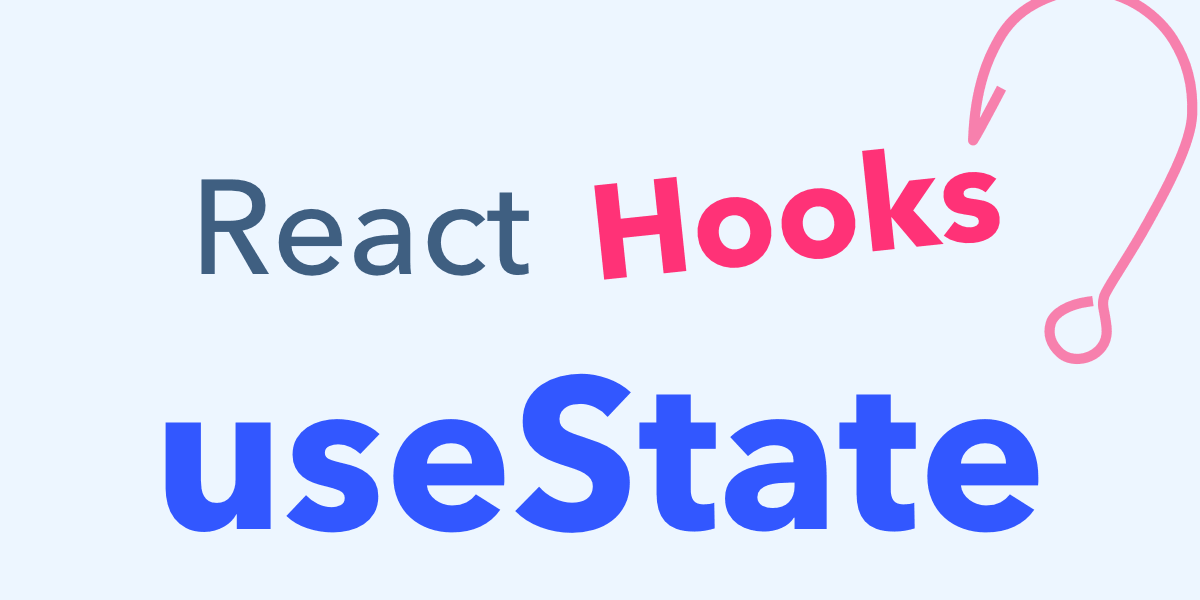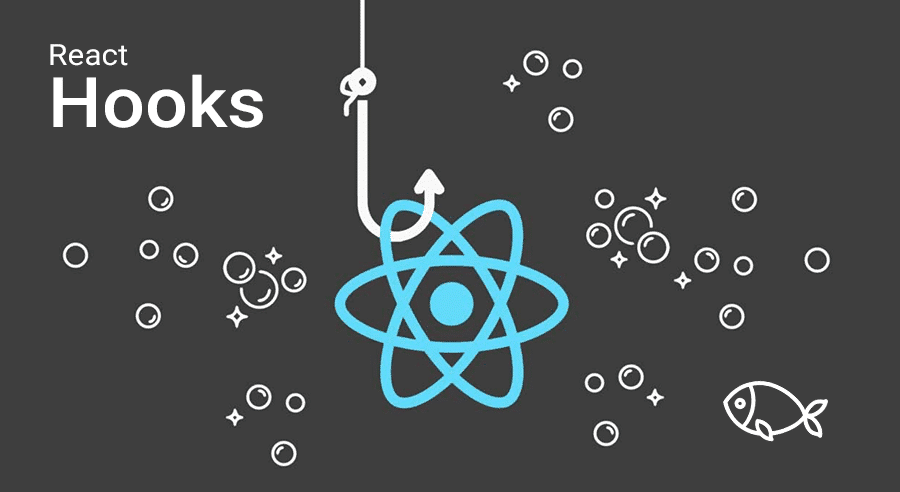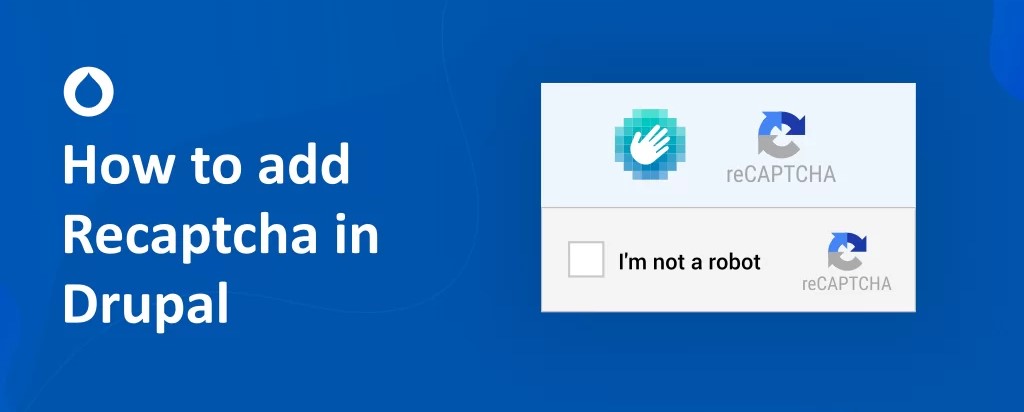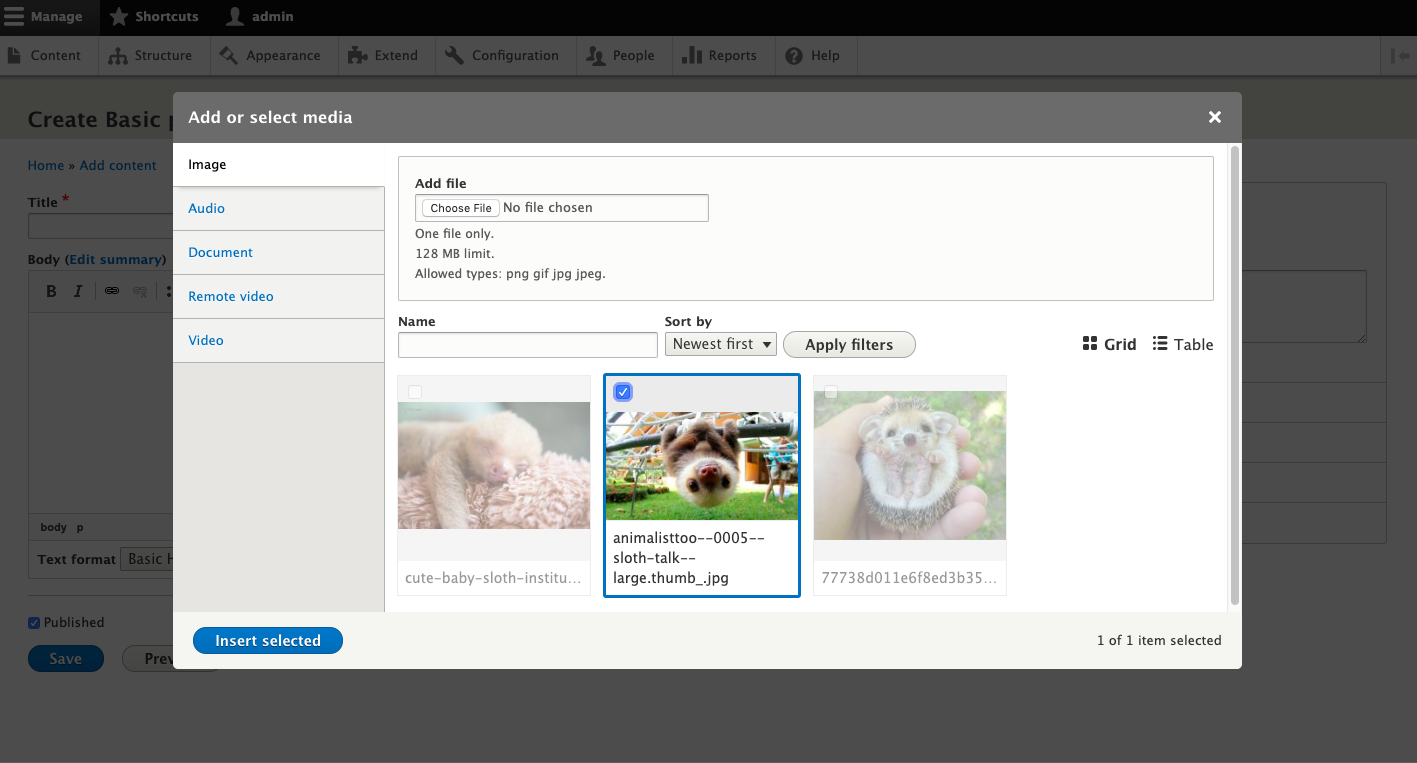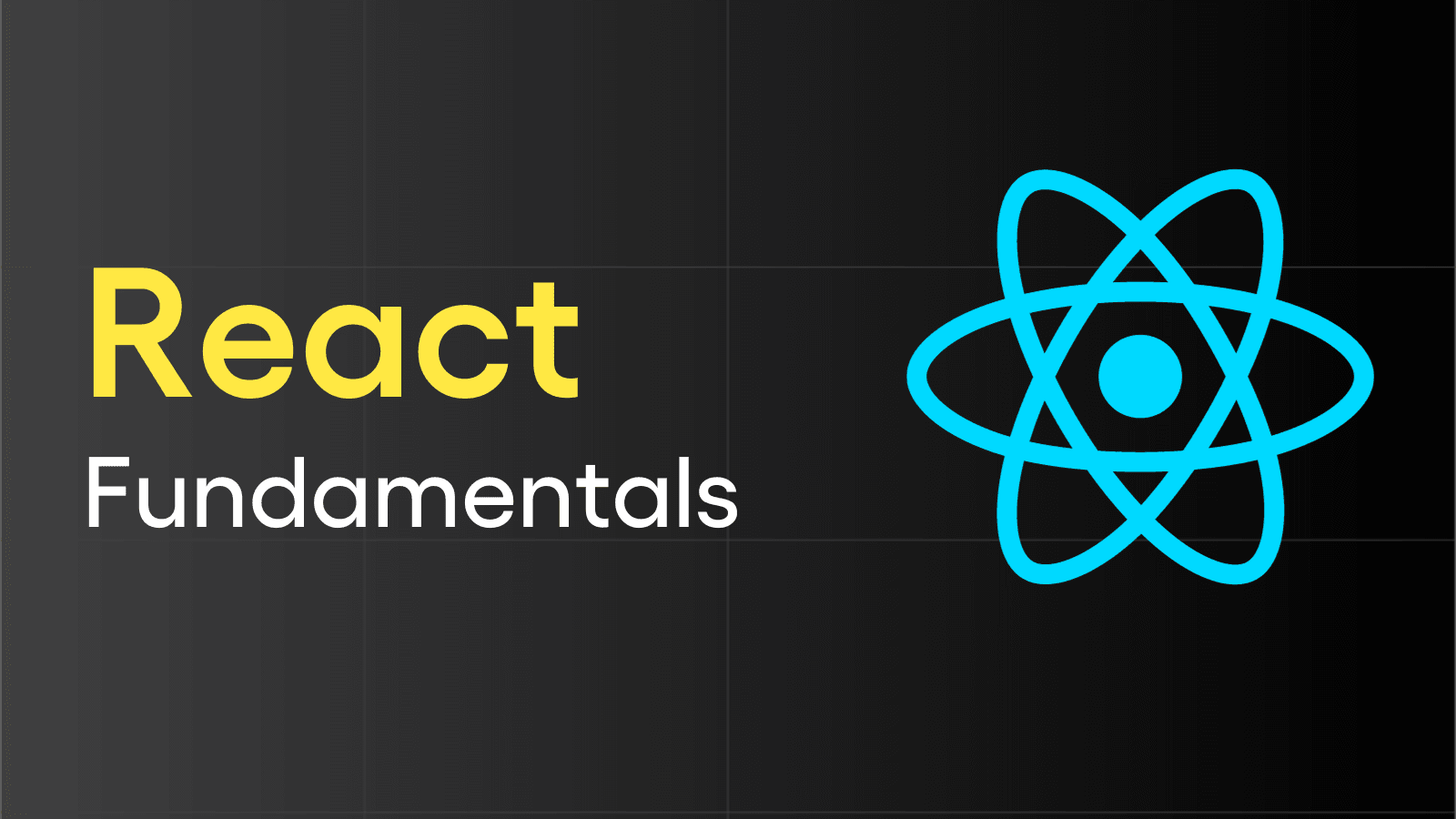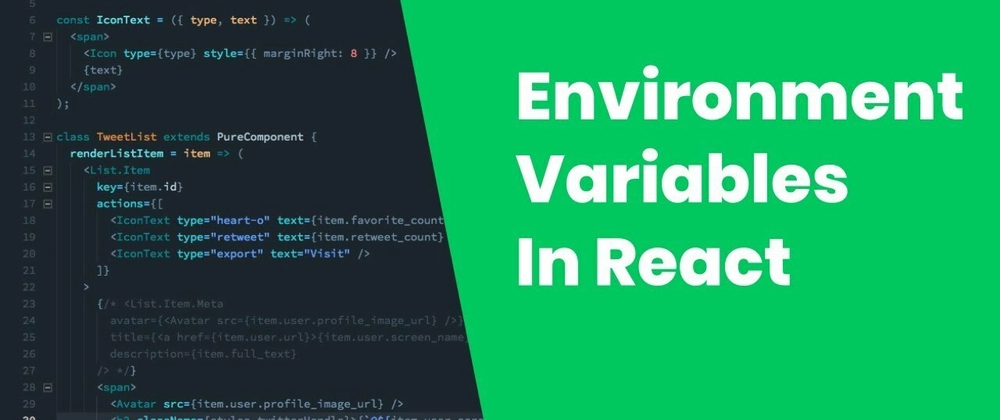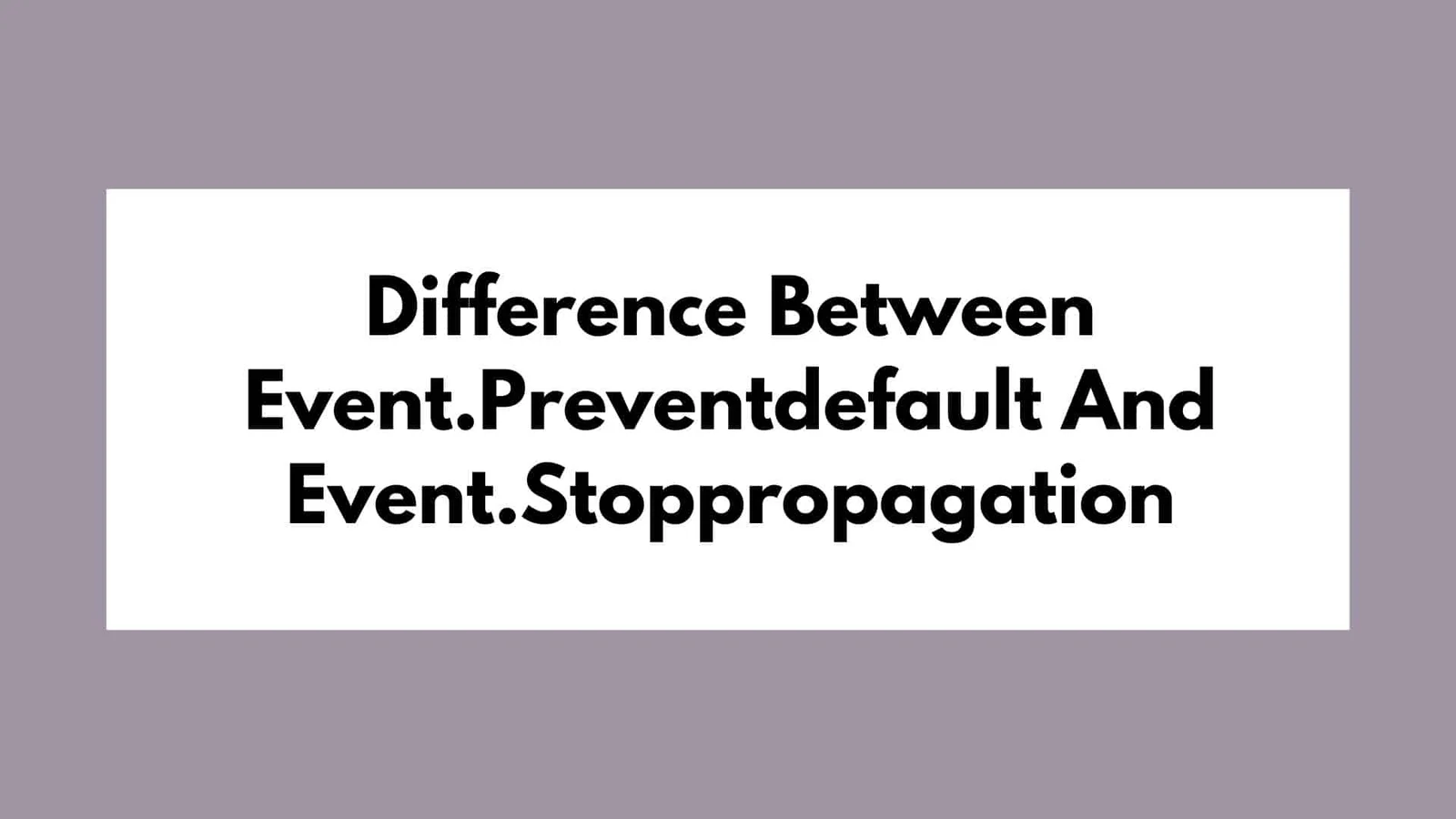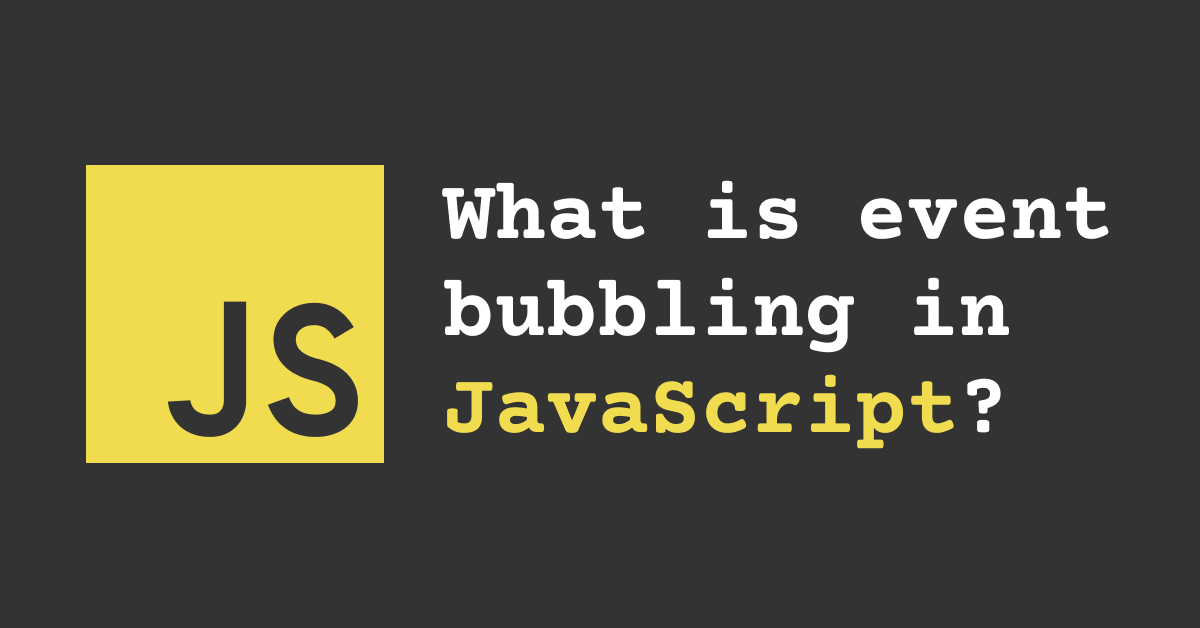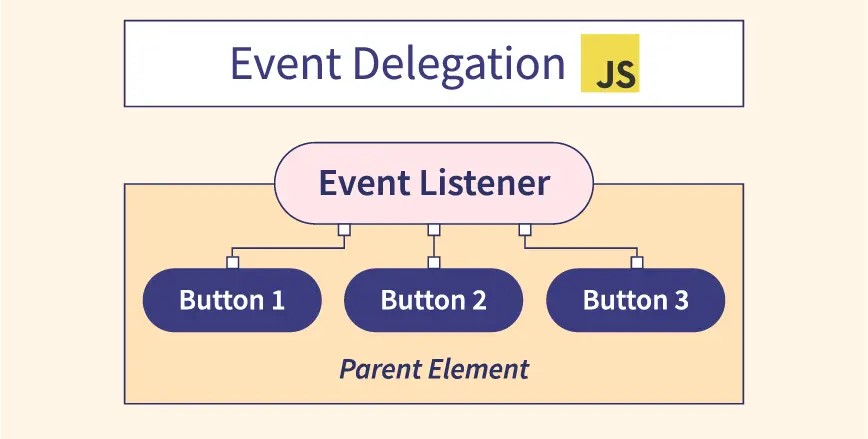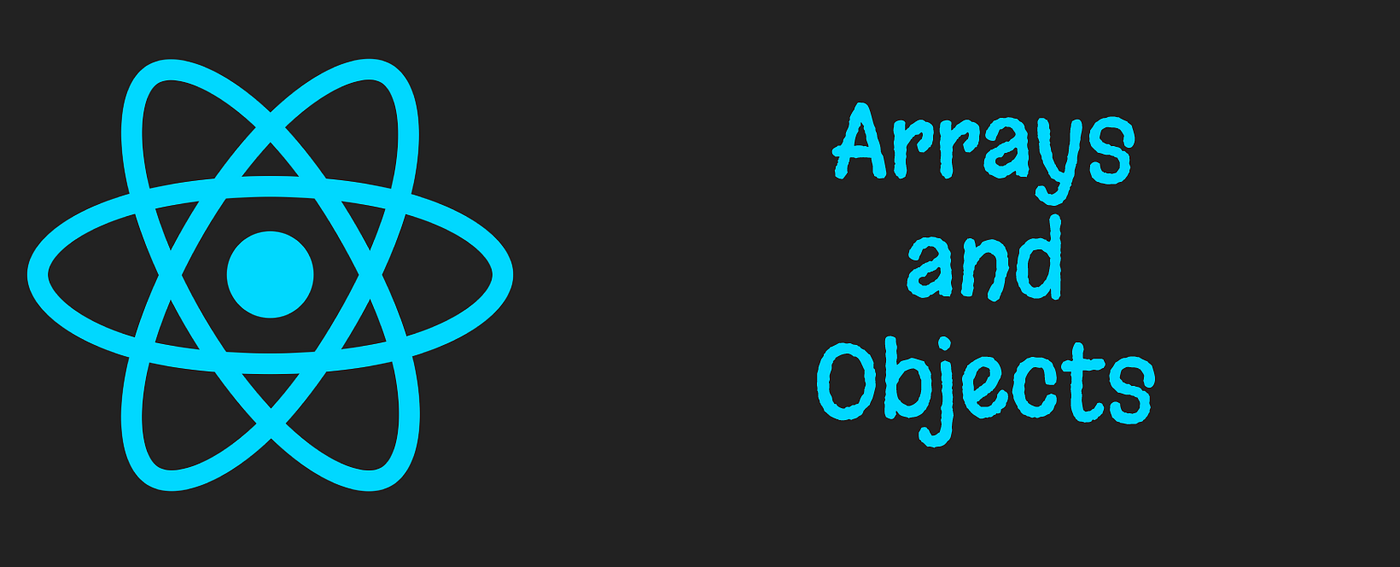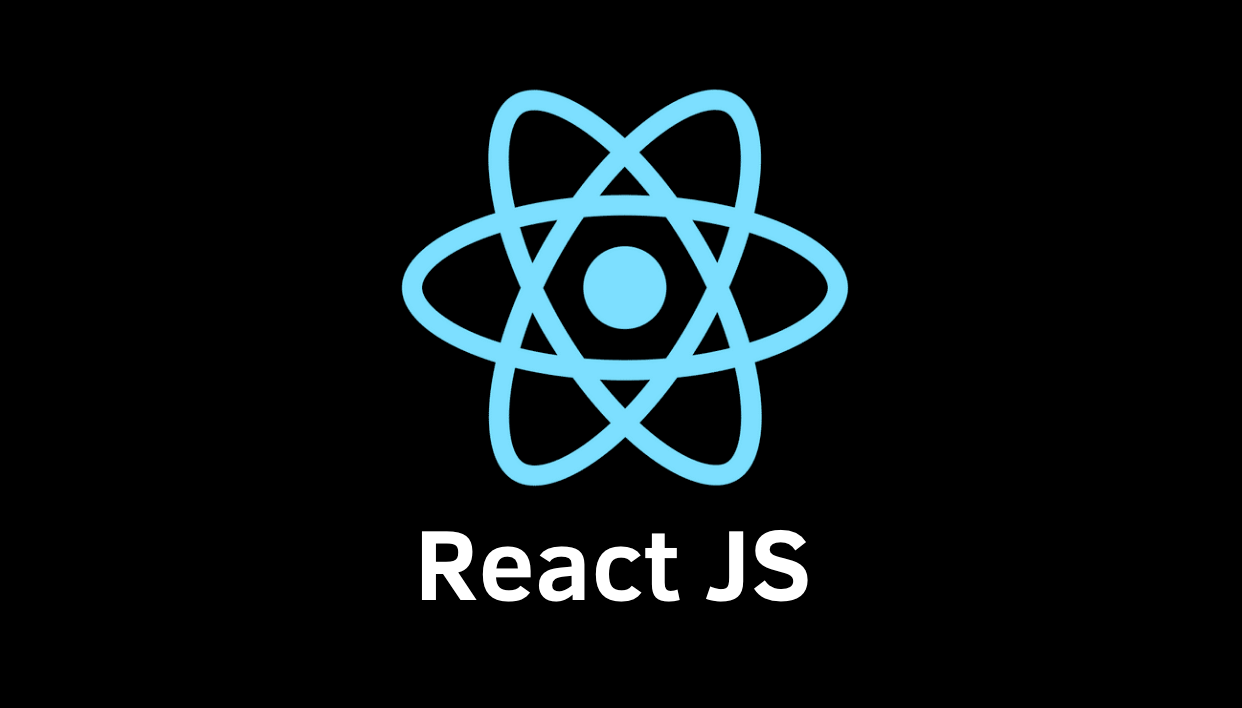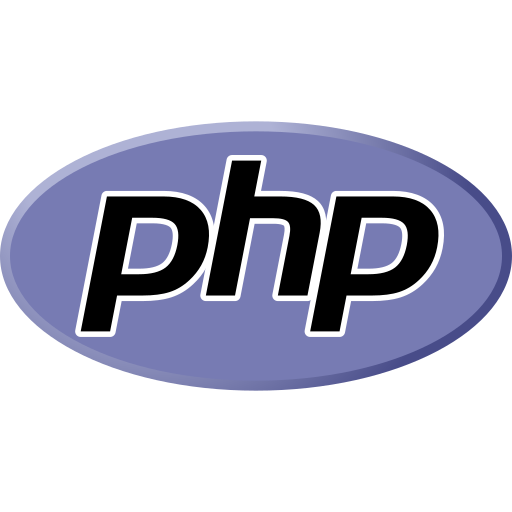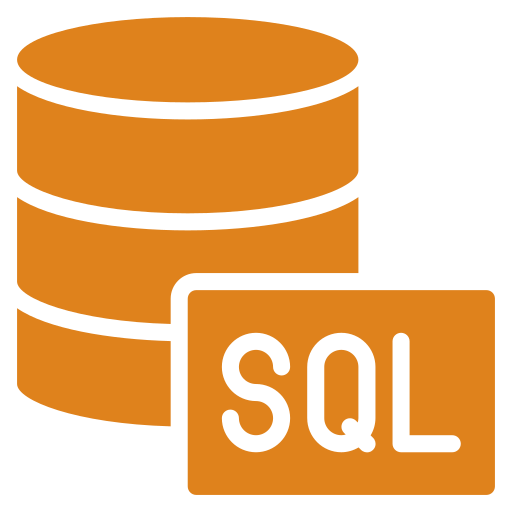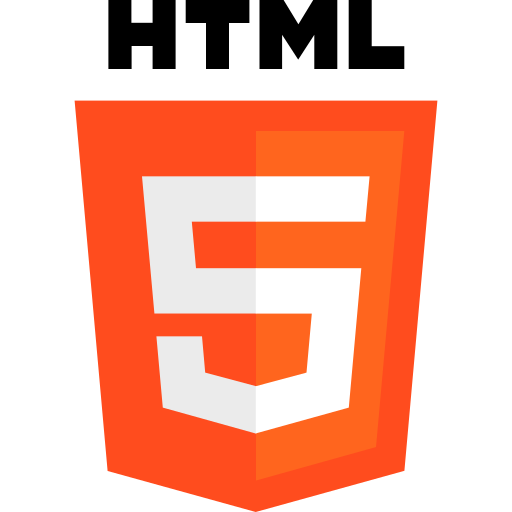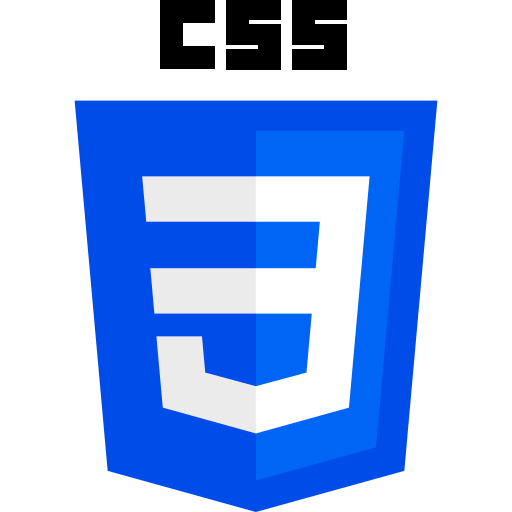what is useState() ?
-

- by Mcs
The React useState Hook allows us to track state in a function component. State generally refers to data or properties that need to be tracking in an application.
What is hooks ?
-

- by Mcs
Hooks are special functions introduced in React 16.8 that allow you to "hook into" React state and lifecycle features from functional components. Before hooks…
How to Stop Spam in Drupal 8 Using CAPTCHA and reCAPTCHA
-

- by Mcs
The reCAPTCHA module in Drupal integrates the reCAPTCHA service from Google to help protect Drupal websites from spam and abuse by verifying if a user is human. It adds…
Function vs Class Components in React
-

- by Mcs
React offers two primary ways to create components: Function Components and Class Components. While both achieve the same goal of rendering UI, they differ significantly…
How to Use the Drupal Media Library: Step‑by‑Step Guide
-

- by Mcs
Media management is a core part of any modern website. Whether you're uploading images, videos, or PDFs, organizing them efficiently is key to maintaining a smooth…
Fundamentals of React
-

- by Mcs
React is a JavaScript library for building user interfaces, and understanding its fundamentals is crucial for developing efficient and interactive web applications. Key…
Environment of ReactJS
-

- by Mcs
To work with ReactJS, you need to set up a proper development environment. Below are the tools and options you can use to start building React apps.
What is the difference between event.preventDefault() and event.stopPropagation()?
-

- by Mcs
event.preventDefault() is used to prevent the browser from executing the default action associated with the event. It tells the browser not to perform its default…
Event Bubbling in JavaScript – How Event Propagation Works with Examples
-

- by Mcs
Event Bubbling in JavaScript is the process where an event starts at the target element and then bubbles up to its parent elements. This blog explains how event…
What is event delegation?
-

- by Mcs
Event delegation is a programming pattern in JavaScript where a single event listener is attached to a parent element instead of multiple event listeners on individual…
Array and Object handling in react js
-

- by Mcs
In React, arrays and objects are essential for: Storing and displaying data, Managing state with useState, Building dynamic and reusable UI components.
What is React ?
-

- by Mcs
React is a JavaScript library for building user interfaces — especially single-page applications (SPAs). It was developed by Facebook and is used to create fast,…
@ Mcs. All rights reserved

